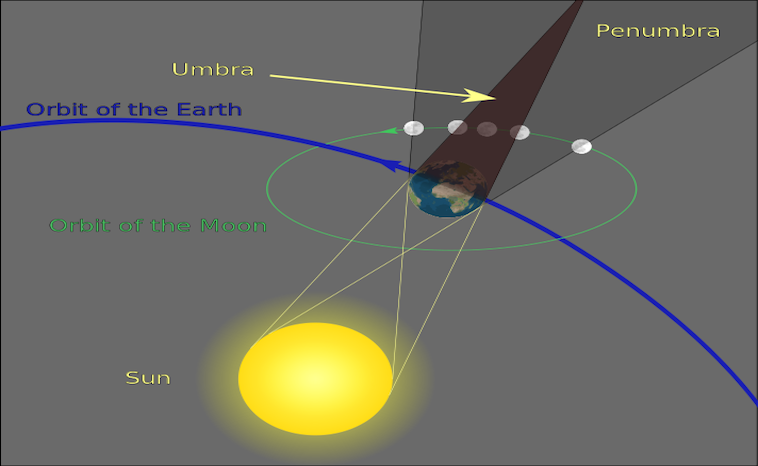The Super Blue Moon Eclipse

At the end of January 2018, our moon will do something that it has not done in 150 years. Read on to learn more about this rare event.
In 1866, the British ship Great Eastern succeeded in laying the first permanent telegraph line across the Atlantic Ocean. The first telegraph lined laid down years before did not work well and ceased to operate. Due to the persistence of Cyrus West Field, the second line was installed and worked. The Venlo–Eindhoven railway, an important railway line in the Netherlands, opened in 1866. The 52 km track carries passengers from Venlo to Eindhoven, passing through Helmond and Deurne. Charles Elmer Hires invented root beer which became essential for making a great root beer float.
Also that year, watchers of the night sky saw the rare coincidence of blue moon, supermoon and lunar eclipse in one night. January 31st of this year the moon will experience the same event now 150 years later.
Super Moon and Blue Moon
A “blue” moon has nothing to do with color. This is a common term for the second full moon in a month. New Years Day brought the spectacular wolf full moon, named for the howls of hungry wolves in winter. It was also a supermoon and the brightest one we will see all year. January 31st’s full moon just fits into the calendar month turning it “blue.” Our next blue moon will occur March 31st of this year.
The supermoon (when the moon reaches its closest point to Earth in this orbit) will be the day before, on Jan. 30 at 4:58 a.m. EST (0958 GMT). The moon will be 223,068 miles (358,994 kilometers) from Earth, compared to the average distance of 238,855 miles (384,400 km), according to NASA.

Credit: NASA
Credit: NASAWhat causes a Lunar Eclipse?
A lunar eclipse can only happen at full moon. Only then is it possible for it to be directly opposite the sun in our sky, and to pass into the Earth’s dark umbral shadow. Most of the time, however, the full moon eludes the Earth’s shadow by swinging to the north of it, or south of it. For instance, the last full moon on January 2, 2018, swung south of the Earth’s shadow. The next full moon – on March 2, 2018 – will swing north of the Earth’s shadow.
Unlike solar eclipses, which are only visible from specific places on Earth, lunar eclipses are visible from anywhere it is nighttime. Lunar eclipses don’t occur every month because the plane of the lunar orbit is slightly tilted relative to the plane of the Earth’s orbit, so the Earth, sun, and moon don’t always line up to put the moon in Earth’s shadow. For the Jan. 31 lunar eclipses, viewers in some places will not be able to see the entire event because it starts near moonrise or moonset. Lunar eclipses are only visible on Earth’s night side.
People in eastern Europe and western Asia will see something like a mirror image of the eclipse that observers in the Americas will see because instead of occurring near moonset, the eclipse will start before the moon rises.
To see a chart on where and when the eclipse will occur in your area click on this, TOTAL LUNAR ECLIPSE.This rare event makes watching the nighttime sky fun and exciting. Check out the chart link to find out if you too can see this amazing event in your part of the world.
